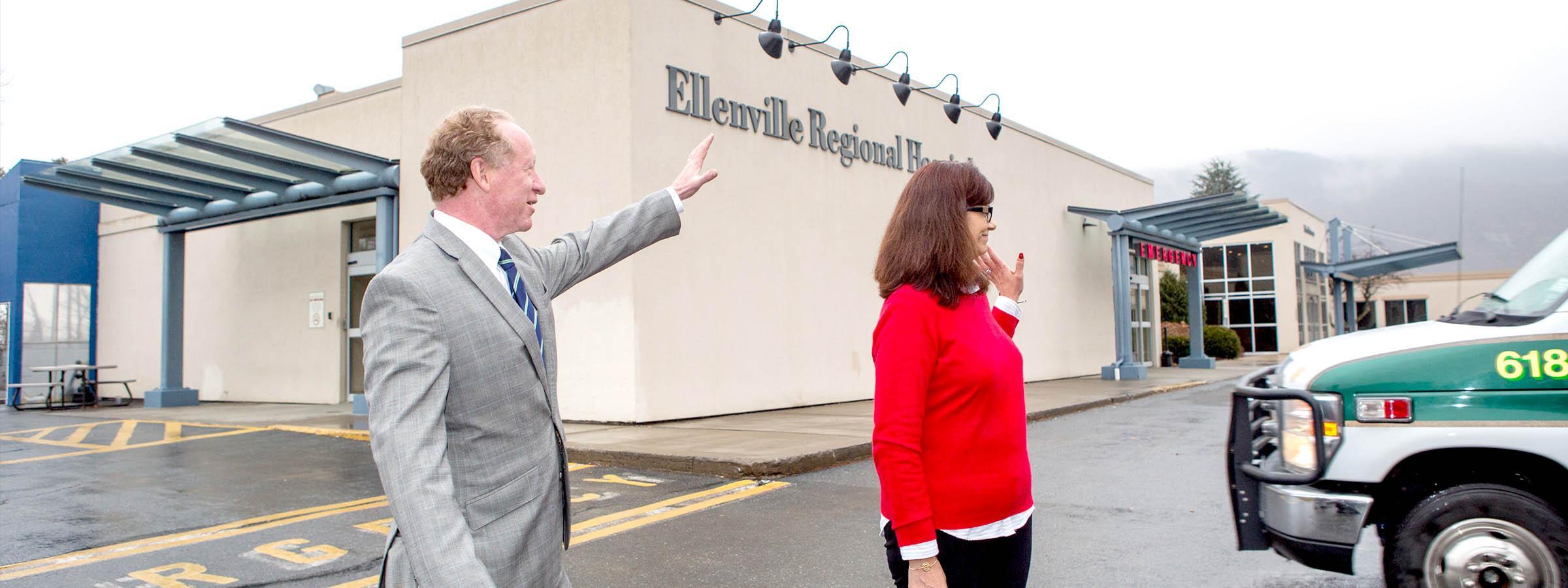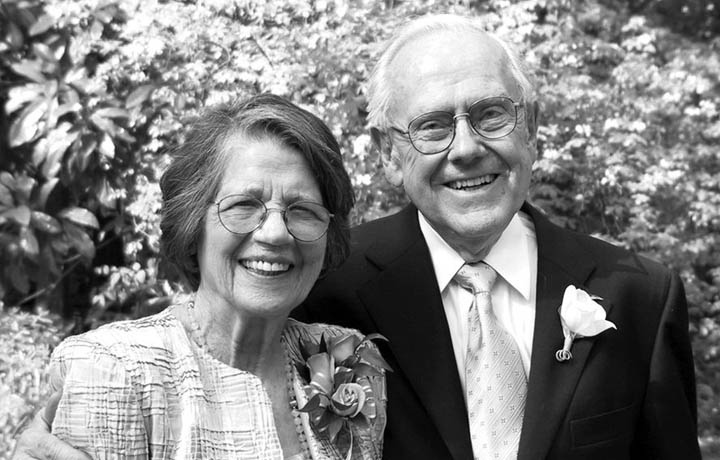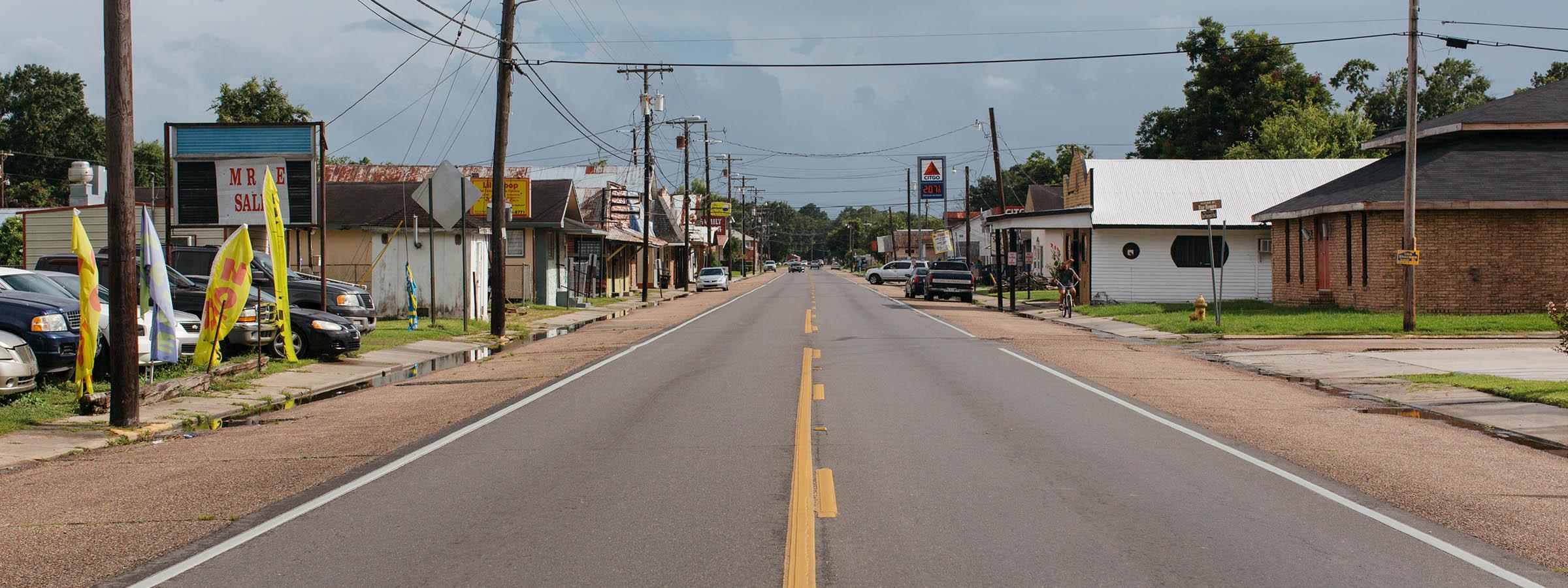Article
How one rural hospital reduced its ED wait times
By Jerry Berger | February 20, 2018

Steven L. Kelley knows a thing or two about emergency departments – mostly that their wait times are typically unbearable.
Before he became president and CEO of Ellenville Regional Hospital in 2003, Kelley specialized in computers and decision science. That work included a stint at Rensselaer Polytechnic Institute, where he collected data on 700,000 ED visits over three years in New York State.
“I learned about emergency departments, and I always promised myself if I ever had a chance, I was going to fix the biggest problem they all have, which is that they take forever," he says. “If you ask anybody what their biggest beef about ED visits is, [it's that] they take four to six hours. And they hate it."
Wedged between the Catskill mountains and the Hudson River, approximately halfway between New York City and Albany, Ellenville Regional Hospital once served a booming resort area. Today it provides critical access to a rural community that presents with a full spectrum of cases, from the cuts and contusions often handled by urgent care facilities in urban areas to car accidents, heart attacks, and strokes.
Yet, in an emergency department with just seven beds, there is almost no one in the waiting room. “We see twice as many patients as we used to see, we see them in half the time that we used to see them in, and we have a lot less stress," says Kelley. “When you're that quick, you always have a bed available."
Waiting and more waiting
It hasn't always been that way. “In the old days, patients used to sit in the waiting room for a while," after they first arrived, says Kelley. “Then they would be called in for triage, which is a fairly short intervention to sort the patients. Then they would go out to the waiting room and wait some more, and eventually they would be called up for registration. Then they would go back and wait some more."
The waiting continued: for an available bed; for a nurse to perform an assessment; for another provider to make his or her own assessment; for the ordering, performing, and analyzing of tests; and finally, for a diagnosis and treatment plan.
“Almost all the time the patient was in this episode of care, they were not being treated, they were waiting," Kelley says.
Starting in 2005, Kelley and his team adopted a process called interval analysis – measuring the time it takes to proceed through each step of a process – in this case, each step of an ED episode. “What we did was try to squeeze out as much of that waiting time as possible."
They began by clocking the total time of an emergency department visit, determining which intervals to measure and where they might find improvements.
A whole-team effort
All manner of employees – from ED security to the clinical staff – were engaged in the exercise. “We did everything the hard way – paper and pencil using watches and writing down times," recalls Kelley. “The paper logs were entered into an Excel spreadsheet that calculated times. Today we have time stamps built in to our electronic health record," he points out. “And the analysis is done by our quality department and the ED department.
The interventions were bottom up, with Kelley spelling out desired outcomes, but not how to achieve them. All proposals for process change were generated by the staff doing the work, who were empowered to try new ideas.
And their ideas were good ones, Kelley says. “We used to have an hour-and-15-minute turnaround for laboratory test results. That runs about 21 minutes now," he says.
How was that wait time reduced so dramatically?
Through interval analysis, staffers discovered that stat emergency department tests were being performed alongside outpatient results; now ED orders are prioritized. And previously, staff members would wait for a handful of results to be ready before making a trip from the lab to the ED; now lab results are faxed immediately.
Counting steps to faster care
The hospital employed a number of other techniques to shave wait times. One key was the construction of a new emergency department in 2006 that was designed to reduce the steps required to complete tasks. The design team included an architect plus representatives from nursing, physicians and all the other departments that serve the ED to identify the most efficient layout.
Another tactic was to adopt a staffing model that relies on nurse practitioners and physician assistants rather than M.D.s and D.O.s to provide higher-level care. Kelley says it was a solution born of a “crisis" in recruiting and retaining enough quality physicians to meet the demands of a busy rural hospital.
As an added benefit, reducing wait times freed up registered nurses to deliver hands-on patient care; previously they'd had to spend time “deescalating" anxious patients and families enduring long stretches with no news.
“The longer it takes, the more anxious and worried people get," Kelley says. “Because in their minds, if it was not very serious, you would have figured it out by now."
The 'ultimate fail-safe'
The results have been significant – and award-winning. The hospital received the Life-Saving Patient Safety Award in 2010 as well as awards for Quality & Patient Safety; Health Outcome Management; Health Safety and Clinical Pharmacy Services; and Collaborative Performance and Clinical Pharmacy Services Improvement from the federal Health Resources and Services Administration.
Ellenville's emergency department volume has grown from about 12,000 patients annually in 2011 to approximately 14,000 today, while what took 240 minutes door-to-door in 2007 now averages 110 minutes, says Ashima Butler, vice president of quality, compliance, and medical staff management.
Data collected through the end of October 2017 involving 66,000 patients found it now takes five minutes or less to get a new patient to triage, and an average of 15 – 20 minutes to screening (depending on the provider, the condition of the patient and the nature of other emergencies being treated).
To ensure those wait times stay low, Kelley continually chooses new intervals to target for improvement and corrects those that start to slip.
And he employs what may be the ultimate fail-safe: “The waiting room is right next to my office. Very deliberately," Kelley says. “When I walk out into the waiting room and there's anybody there, I go right over to find out what they're doing there. If it's something other than waiting for a ride home, I find out what's going on."
Jerry Berger is a writer based in Boston.







